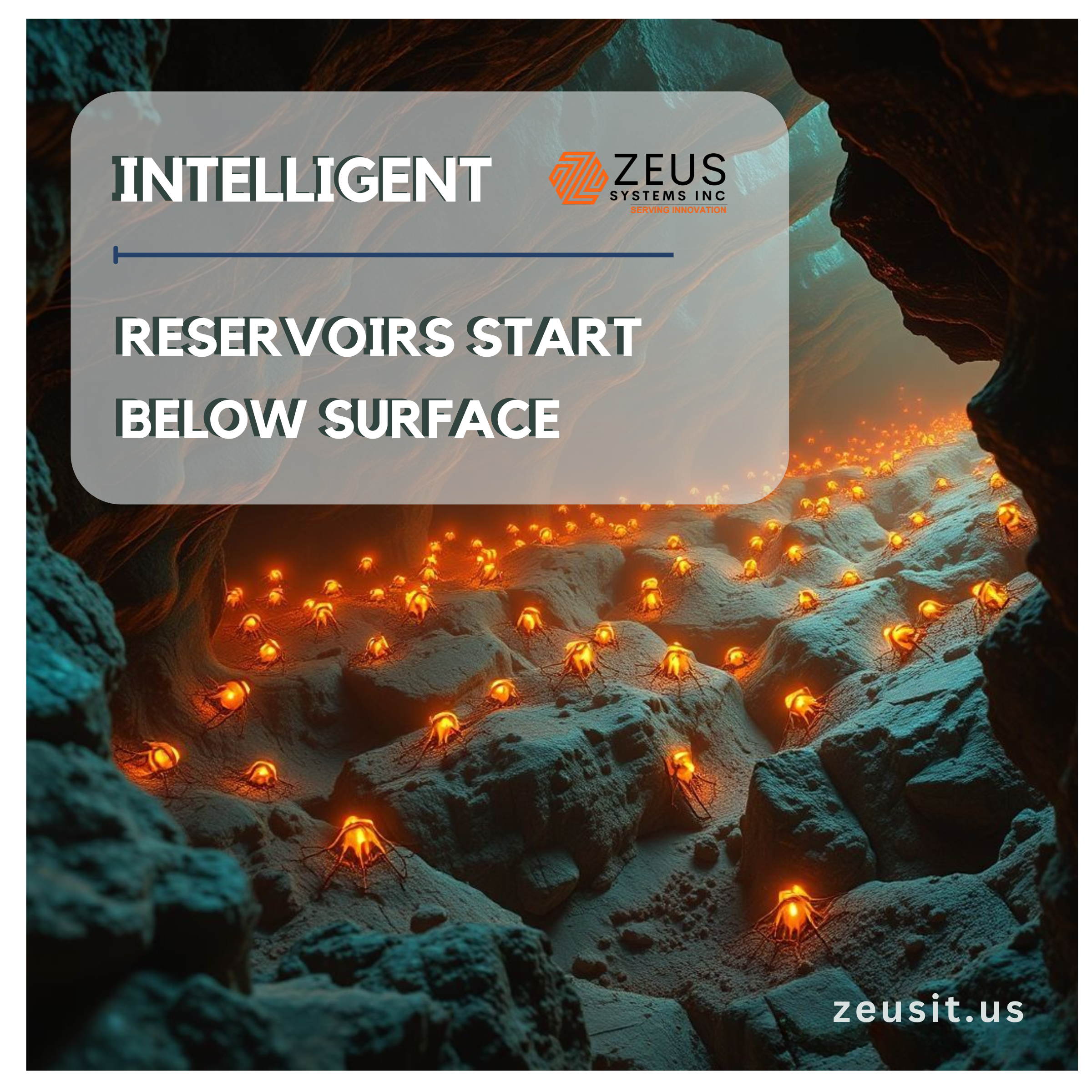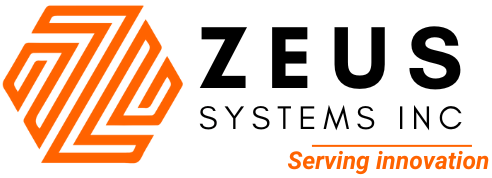In the realm of artificial intelligence, few developments have captured the imagination quite like OpenAI’s ChatGPT. Wit ...
Categories
Post By Date
- November 2025
- October 2025
- September 2025
- August 2025
- July 2025
- June 2025
- May 2025
- April 2025
- March 2025
- February 2025
- January 2025
- December 2024
- November 2024
- October 2024
- September 2024
- August 2024
- July 2024
- June 2024
- April 2024
- March 2024
- February 2024
- January 2024
- December 2023
- November 2023
- October 2023
- September 2023
- August 2023
- July 2023
- June 2023
- May 2023
-
Trends in Cloud Technology
In the realm of technological innovation, cloud technology continues to evolve, captivating hearts and minds alike. With ...
What is Chat-GPT and How powerful it is?
the conversational companion that brings a touch of humanity to our digital interactions. What is Chat GPT?A Conversa ...
3D Mapping using Drones
A journey to the 3D mapping using drones. The latest trend in 3D mapping using drones revolves around enhanced precis ...
-
Circular Economy Platforms Using IoT:
As the world pivots toward a more sustainable future, the concept of the Circular Economy (CE) has emerged as a critica ...
Additive Manufacturing Meets Time: The N...
Additive manufacturing (AM), or 3D printing, revolutionized how we build physical objects—layer by layer, on demand, wi ...
AI-Driven Financial Regulation: How Pred...
In today’s era of digital transformation, the regulatory landscape for financial services is undergoing one of its most ...
Space Tourism Research Platforms: How Co...
Introduction: Space Tourism’s Hidden Role as Research Infrastructure The conversation about space tourism has largel ...

- Raj
- July 14, 2025
- 5 months ago
- 3:07 pm
1. Introduction
Imagine fleets of microscopic robots—nano- to millimeter-sized swarm bots—injected into oil and gas reservoirs, autonomously exploring pore networks and mapping subsurface geophysics in real time. This paradigm combines robotics, AI, nanotech, and petroleum engineering to transform reservoir monitoring and extraction. Unlike traditional tracers or seismic surveys, these bots would deliver unprecedented resolution, intelligence, and adaptability.
2. Current State of Nanosensor & Nanobot Exploration
Efforts like Saudi Aramco’s “Resbots” concept (nanobots <500 nm deployed via water injection) showcase the feasibility of subsurface robots mapping temperature, pressure, and fluid types oil-gas.magnusconferences.com. Patents describe nano-sized swarm bots that traverse pores (<1000 nm) or are guided via wellbore communication Google Patents+2Google Patents+2Google Patents+2. Nanoparticle-based tracers already enhance wettability, flow, and permeability in reservoirs—but real-time mobility remains nascent .
3. What’s Been Researched… and What’s Missing
Known research includes:
- Injection of passive nanoparticles to monitor flow, wettability, and oil saturation arXiv+12SpringerLink+12University of Portsmouth+12.
- Micron- and nano-scale devices for fracture mapping and pollutant remediation using micro/nanobots ScienceDirect+1SpringerLink+1.
- Theoretical patents on communication via wellbores and subsurface navigation Google Patents+1Google Patents+1.
Yet largely uncharted is the integration of intelligence, autonomy, swarm behavior, and real-time interaction with reservoir management. No comprehensive implementation of autonomous nano-robotic swarms equipped with sensors, onboard AI, communication mesh, and swarm coordination has been deployed.
4. The Disruptive Proposal: Intelligent Subsurface Swarm Bots
4.1. Swarm Composition & Sizing
- Multi-scale fleets: Nanobots (~200–500 nm) for pore-level mapping; microbots (1–10 µm) for coarse-scale flow monitoring.
- Smart coating: Biocompatible, oil/water-responsive materials mimicking natural micro-organisms to withstand harsh reservoir conditions.
4.2. Propulsion & Navigation
- Fluid-driven movement, with microbots using embedded motors or acoustic/magnetic actuation, similar to medical microrobots cpedm.comarXiv.
- Swarm intelligence: Decentralized coordination—bots share local data and form emergent “map corridors.”
4.3. Onboard Intelligence & Communication
- Tiny sensor arrays (pressure, temperature, fluid phase).
- Decentralized AI: Each bot runs a microdecision agent (e.g., reinforcement learning), choosing optimal navigation.
- Localization through time-of-flight messaging, acoustic, or magnetic relays; final data hurled to surface nodes via wellbore antennas arXivGoogle Patents+2Google Patents+2Rigzone+2.
4.4. Real-Time Adaptive Operations
- Dynamic sensing: Bots detect bypassed oil pockets and adjust routes.
- Swarm mapping: Collect spatio-temporal maps of permeability, porosity, and saturation.
- Targeted actuation: On-demand release of chemicals (e.g. wettability agents) in-situ, based on live analysis.
5. Technological Challenges & Research Gaps
- Power & propulsion: Harvesting energy in a micro-scale, high-pressure, chemically complex environment.
- Communication: Achievable range inside rock using acoustic or magnetic relays.
- Swarm dynamics: Scalable, secure protocols resilient to failure or loss.
- Data integration: Merging swarm-sourced maps into reservoir simulators in real time.
- Retrieval, accountability: Retrieving bots, handling stranded devices; biodegradable vs. reusable bots.
- Safety & regulation: Evaluating environmental impact of introducing engineered bio-nano systems.
6. Why This is Truly Groundbreaking
- Unprecedented Resolution: Direct contact with reservoir pores—far surpassing seismic or logging.
- Intelligence at Scale: Decentralized swarm AI adapts dynamically—something never attempted underground.
- Active Reservoir Management: Go from monitoring to intervention in-situ.
- Cross-disciplinary Fusion: Merges frontier robotics, AI, nanotech, petroleum engineering, and materials science.
7. Broader Implications & Future Spin-Offs
- Cross-industry transfer: Techniques applicable to groundwater monitoring, geothermal systems, carbon sequestration, and environmental remediation.
- Smart subsurface platforms: Multi-bot mesh as a future reservoir diagnostic and remediation grid.
- Scientific discovery: Create new data on subsurface microfluidics, rock-fluid dynamics, and extreme-material sciences.
8. Conclusion Subsurface swarm bots represent a truly blue-sky, never-been-done, high-impact frontier. By uniting microrobotics, swarm intelligence, and in-reservoir actuation, we unlock next-gen reservoir optimization: near-infinite resolution, real-time adaptability, and active intervention. Early adopters—oil majors, national labs, and tech-forward engineering firms—stand to pioneer an era of truly intelligent reservoirs.

